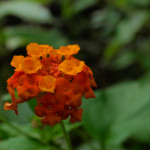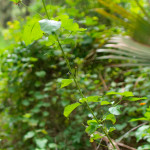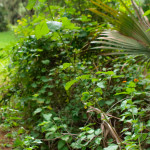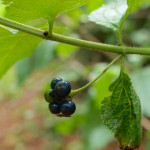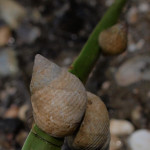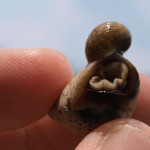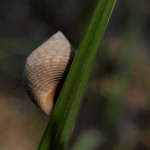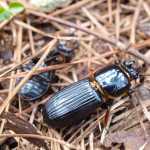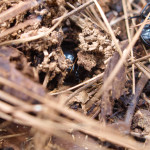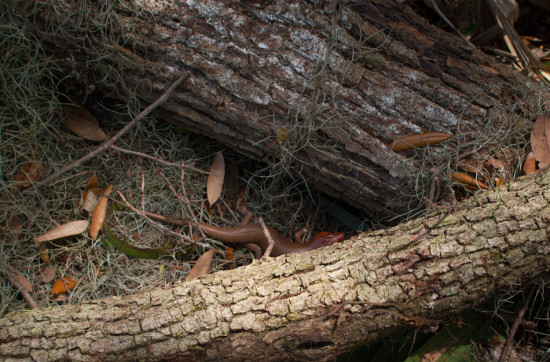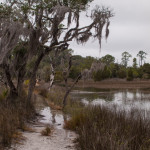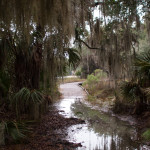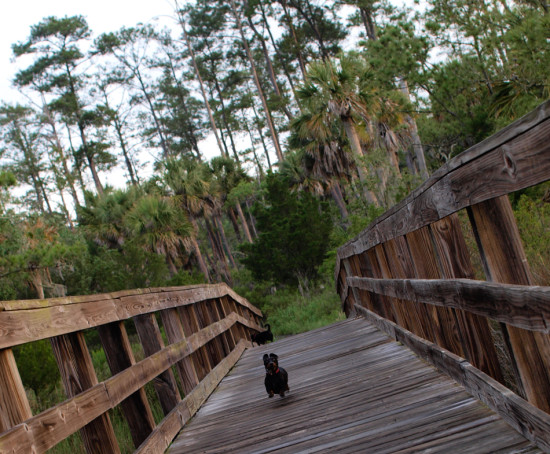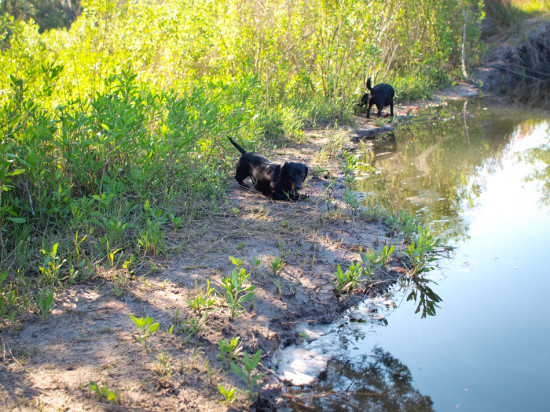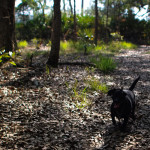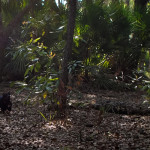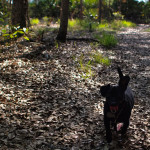Flowers, fruits, and vegetative characteristics of wild sage Lantana camara.
While the florescence here only displays orange and dark orange or red, flower color varies widely in a single florescence, and changes in individual flowers once pollinated. The change in color signals to pollinators that a flower is no longer producing nectar, and, since the function of flowers, including their nectar production, is to attract animal pollinators to move pollen around, pollinated flowers tend to halt nectar production once pollinated. It does seem odd that a plant would communicate to pollinators as promptly (color change can occur within minutes) and directly as occurs here, given that the flower ‘has what it needs’. The hypothesis explaining this claims conservation of pollinator energy, presumably allowing improved visitation efficiency, which must benefit the host plant. Why not keep the pollinator guessing a little, especially in monoecious flowers where pollen could still move away from the host? (I don’t know if Lantana is monoecious – that is, has both male and female parts in the same flower)
Visible flower color change after pollination occurs in other plants too, and there are likely other changes that are not quite as striking to us, non-pollinating, humans, but are evident to pollinators.

